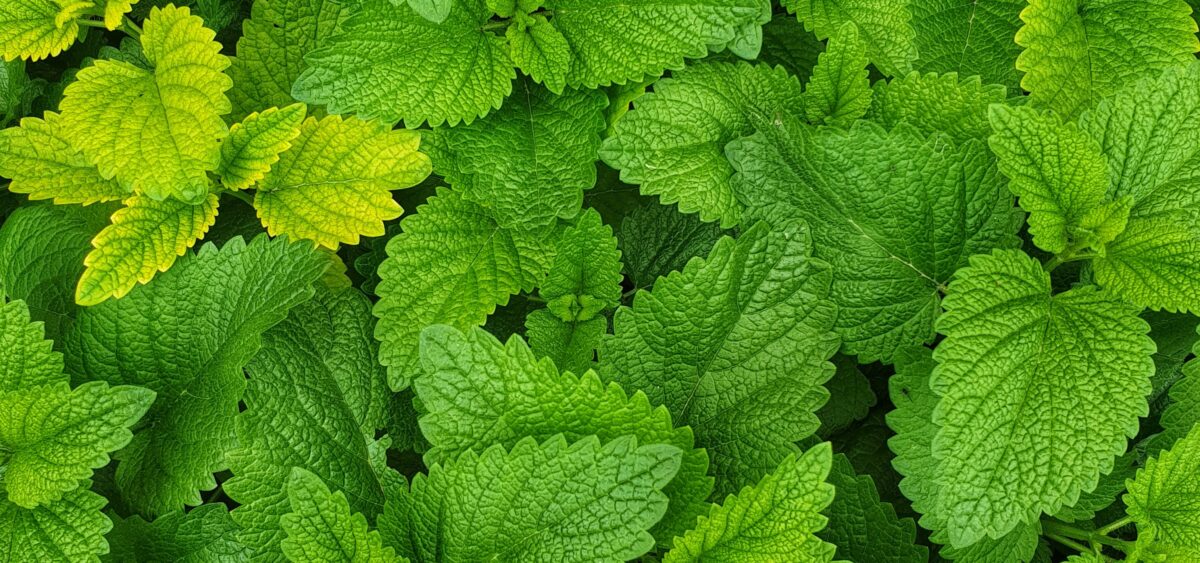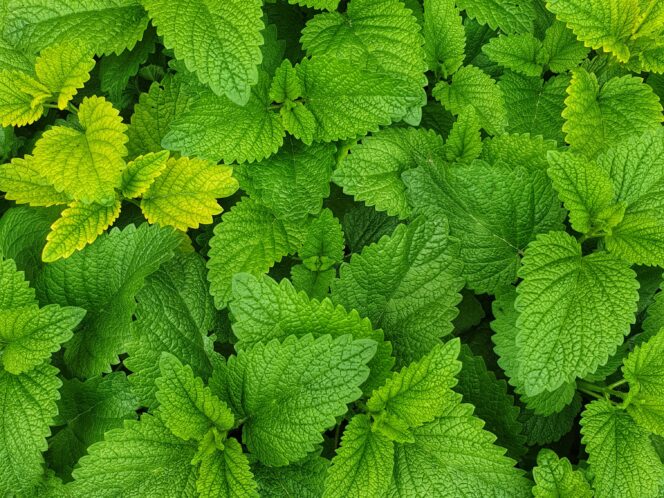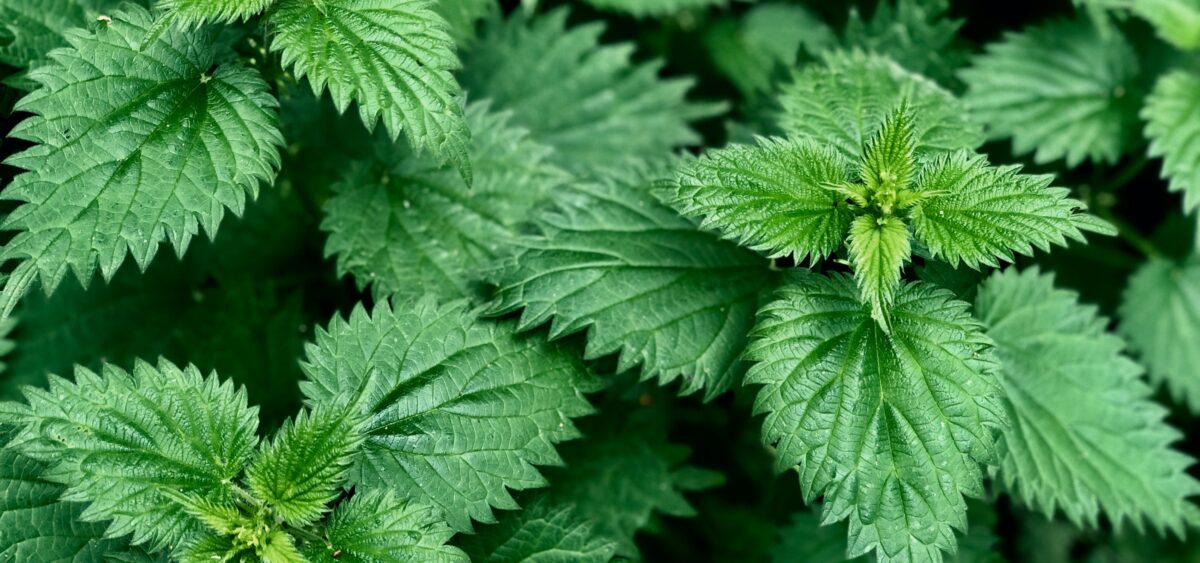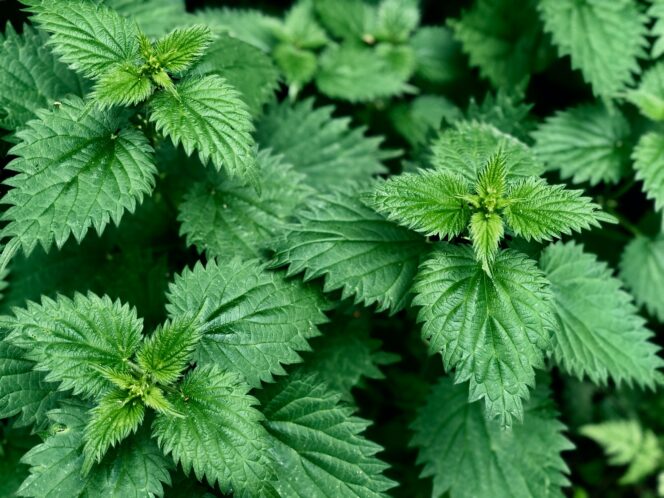
Mint is a common plant, seemingly plain as they come, but the whole genus (Mentha) is full of species and hybrids that aren’t easy to distinguish from one another and offer a wide range of sensual and culinary experiences. In Poland, there are a few species of mint that grow in the wild. Field mint (Mentha arvensis) is usually found in fields or on fallow lands and tastes like peppermint, maybe a little milder and less peppery. Its flavour is similar to that of water mint (Mentha aquatica), a pleasantly aromatic species mainly found along waterways. It also shares a lot with peppermint, since it is one of its ancestors. A rare find is pennyroyal (Mentha pulegium), which mostly grows in large river valleys in southern Europe, while horse mint (Mentha longifolia) often grows in southern Poland, near streams or in damp brush. It has a gentle, sweetish smell and tastes like spearmint.
Mentha spicata, Latin for spearmint, also called green mint, is usually planted in gardens. You probably know its name from chewing gum wrappers. Some adore its tender taste, others prefer the spicier tones of peppermint (Mentha piperita), a natural hybrid of spearmint and water mint. Apple mint (Mentha suaveolens) is also worth mentioning as a commonly-grown species – it has pretty, notched leaves, used for decorating food in restaurants, but its taste is








